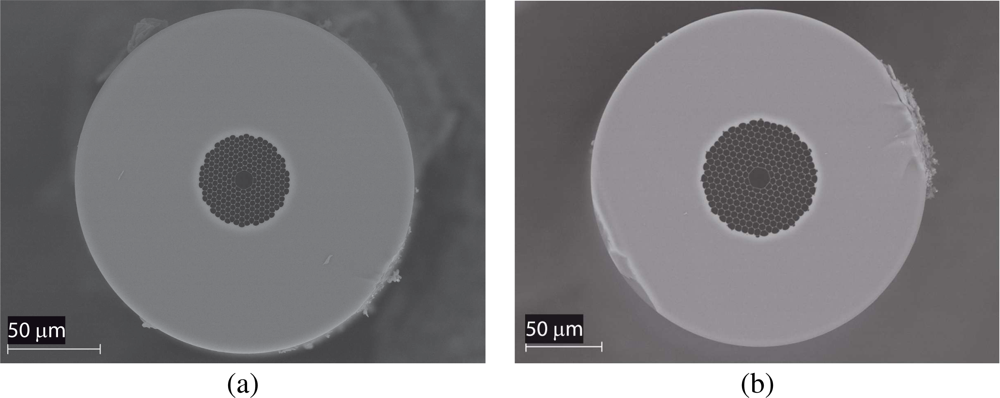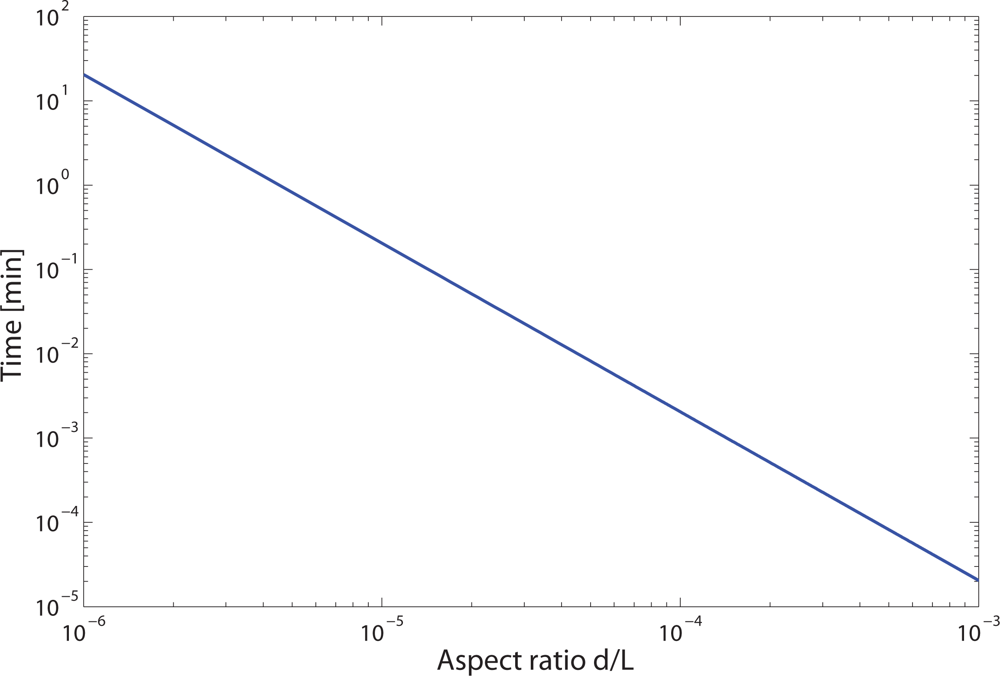Gas Sensor Based on Photonic Crystal Fibres in the 2ν3 and ν2 + 2ν3 Vibrational Bands of Methane
Abstract
:1. Introduction
2. Fundamentals of Absorption Spectroscopy
3. Methane Absorption Bands in the NIR
4. Materials and Methods
5. Experimental Results
5.1. Methane Absorption Spectrum Measurements
5.2. Detection Limit of the System
5.3. Study of the Dynamics of the Filling Process of HC-PBFs
5.4. Summary of the Results
6. Conclusions
Acknowledgments
References and Notes
- Culshaw, B.; Stewart, G.; Dong, F.; Tandy, C.; Moodie, D. Fibre optic techniques for remote spectroscopic methane detection. Sens. Actuat. B 1998, 51, 25–37. [Google Scholar]
- Chou, J. Hazardous Gas Monitors: A Practical Guide to Selection, Peration and Applications; McGraw-Hill Book Company: New York, NY, USA, 2000. [Google Scholar]
- Lopez-Higuera, J. Handbook of Optical Fibre Sensing Technology; John Wiley & Sons: West Sussex, England, 2002. [Google Scholar]
- Stewart, G.; Jin, W.; Culshaw, B. Prospects for fibre-optic evanescent-field gas sensors using absorption in the near-infrared. Sens. Actuat. B 1997, 38–39, 42–47. [Google Scholar]
- Ritari, T.; Tuominen, J.; Ludvigsen, H.; Petersen, J.; Sorensen, T.; Hansen, T.; Simonsen, H. Gas sensing using air-guiding photonic bandgap fibers. Opt. Express 2004, 12, 4080–4087. [Google Scholar]
- Kornaszewski, L.; Gayraud, N.; Stone, J.; Macpherson, W.; George, A.; Knight, J.; Hand, D.; Reid, D. Mid-infrared methane detection in a photonic bandgap fiber using a broadband optical parametric oscillator. Opt. Express 2007, 15, 11219–11224. [Google Scholar]
- Cubillas, A.; Lazaro, J.; Conde, O.; Petrovich, M.; Lopez-Higuera, J. Multi-line fit model for the detection of methane at ν2 + 2ν3 band using hollow-core photonic bandgap fibres. Sensors 2009, 9, 490–502. [Google Scholar]
- Cubillas, A.; Silva-Lopez, M.; Lazaro, J.; Conde, O.; Petrovich, M.; Lopez-Higuera, J. Methane detection at 1670-nm band using a hollow-core photonic bandgap fiber and a multiline algorithm. Opt. Express 2007, 15, 17570–17576. [Google Scholar]
- Austin, E.; van Brakel, A.; Petrovich, M.N.; Richardson, D.J. Fibre optical sensor for C2H2 gas using gas-filled photonic bandgap fibre. Sens. Actuat B 2009, 139, 30–34. [Google Scholar]
- Benabid, F. Hollow-core photonic bandgap fibre: new light guidance for new science and technology. Phil. Trans. R. Soc. A 2006, 364, 3439–3462. [Google Scholar]
- Petrovich, M.; van Brakel, A.; Poletti, F.; Musaka, K.; Austin, E.; Finazzi, V.; Petropoulos, P.; O’Driscoll, E.; Watson, M.; DelMonte, T.; Monro, T.; Dakin, J.; Richardson, D. Microstructured fibres for sensing applications. Proc. SPIE, Boston, USA, October 23–26, 2005.
- Rothman, L.; Jacquemart, D.; Barbe, A.; Benner, D.; Birk, M.; Brown, L.; Carleer, M.; Chackerian, C.; Chance, K.; Coudert, L.; Dana, V.; Devi, V.; Flaud, J.; Gamache, R.; Goldman, A.; Hartmann, J.; Jucks, K.; Maki, A.; Mandin, J.; Massie, S.; Orphal, J.; Perrin, A.; Rinsland, C.; Smith, M.; Tennyson, J.; Tolchenov, R.; Toth, R.; Auwera, J.V.; Varanasi, P.; Wagner, G. The HITRAN 2004 molecular spectroscopic database. J. Quant. Spectrosc. Radiat. Transf 2005, 96, 139–204. [Google Scholar]
- Weldon, V.; O’Gorman, J.; Perez-Camacho, J.; Mcdonald, D.; Hegarty, J.; Corbett, B. Methane sensing with a novel micromachined single-frequency Fabry-Perot lased diode emitting at 1331 nm. IEEE Phot. Tech. Lett 1997, 9, 357–359. [Google Scholar]
- Physics of Atoms and Molecules; Pearson Education Ltd., Prentice Hall: Harlow, England, April 2003.
- Quintela, M.; Quintela, C.; Lomer, M.; Madruga, F.; Conde, O.; Lopez-Higuera, J. Comparison between a symmetric bidirectional-pumping and a unidirectional-pumping configurations in an erbium fiber ring laser. Proc. SPIE 6619, Naples, Italy, 2007; pp. 66192O:1–66192O:4.
- Thapa, R.; Knabe, K.; Corwin, K.; Washburn, B. Arc fusion splicing of hollow-core photonic bandgap fibers for gas-filled fiber cells. Opt. Express 2006, 14, 9576–9583. [Google Scholar]
- Gharavi, M.; Buckley, S. Diode laser absorption spectroscopy measurement of linestrengths and pressure broadening coefficients of the methane 2ν3 band at elevated temperatures. J. Mol. Spec-trosc 2005, 229, 78–88. [Google Scholar]
- Webber, M.; Kim, S.; Sanders, S.; Baer, D.; Hanson, R.; Ikeda, Y. In situ combustion measurements of CO2 by use of a distributed-feedback diode-laser sensor near 2.0 μm. Appl. Opt 2001, 22, 821–828. [Google Scholar]
- Henningsen, J.; Hald, J. Dynamics of gas flow in hollow core photonic bandgap fibers. App. Opt 2008, 47, 2790–2797. [Google Scholar]
- Livesey, R. Foundations of Vacuum Science and Technology: Flow of Gases through Tubes and Orifices; John Wiley & Sons: West Sussex, England, 1998. [Google Scholar]
- Trengove, R.; Wakeham, W. The viscosity of carbon dioxide, methane and sulfur hexafluoride in the limit of zero density. J. Phys. Chem. Ref. Data 1987, 16, 175–187. [Google Scholar]








| HC1300 | HC1600 | |
|---|---|---|
| Core diameter, d [μm] | 10 | 13.9 |
| Fibre length, L [cm] | 560 | 510 |
| Pitch [μm] | 3 | 4.5 |
| Rings in the cladding | 7 | 7 |
| Fibre diameter [μm] | 188 | 220 |
| Bandgap [nm] | 1150–1450 | 1375–18501 |
| Transmission loss [dB/km] | 100 | 100 |
| ν2 + 2ν3 band | 2ν3 band | |
|---|---|---|
| Fibre | HC1300 | HC1600 |
| Core diameter, d [μm] | 10.3 | 12 |
| Fibre length, L [cm] | 560 | 510 |
| Transitions in the model | 36 | 6 |
| Linestrength, Si [cm−2atm−1] | 0.004 | 0.033 |
| Detection limit, cmin [ppmv] | 98 | 10 |
| MDA [AU] | 3.1 × 10−3 | 8.0 × 10−4 |
| Filling time [min] | 13 | 9.5 |
© 2009 by the authors; licensee MDPI, Basel, Switzerland This article is an open access article distributed under the terms and conditions of the Creative Commons Attribution license (http://creativecommons.org/licenses/by/3.0/).
Share and Cite
Cubillas, A.M.; Lazaro, J.M.; Conde, O.M.; Petrovich, M.N.; Lopez-Higuera, J.M. Gas Sensor Based on Photonic Crystal Fibres in the 2ν3 and ν2 + 2ν3 Vibrational Bands of Methane. Sensors 2009, 9, 6261-6272. https://doi.org/10.3390/s90806261
Cubillas AM, Lazaro JM, Conde OM, Petrovich MN, Lopez-Higuera JM. Gas Sensor Based on Photonic Crystal Fibres in the 2ν3 and ν2 + 2ν3 Vibrational Bands of Methane. Sensors. 2009; 9(8):6261-6272. https://doi.org/10.3390/s90806261
Chicago/Turabian StyleCubillas, Ana M., Jose M. Lazaro, Olga M. Conde, Marco N. Petrovich, and Jose M. Lopez-Higuera. 2009. "Gas Sensor Based on Photonic Crystal Fibres in the 2ν3 and ν2 + 2ν3 Vibrational Bands of Methane" Sensors 9, no. 8: 6261-6272. https://doi.org/10.3390/s90806261






